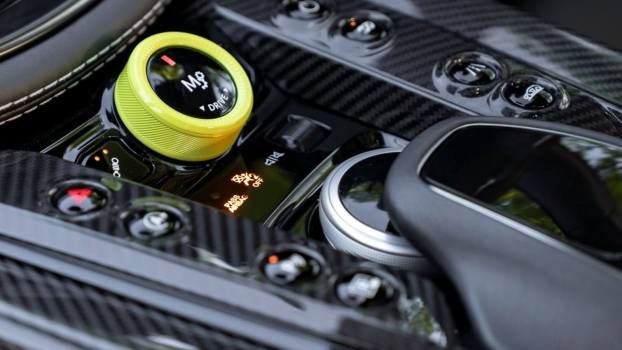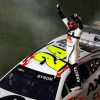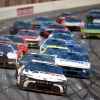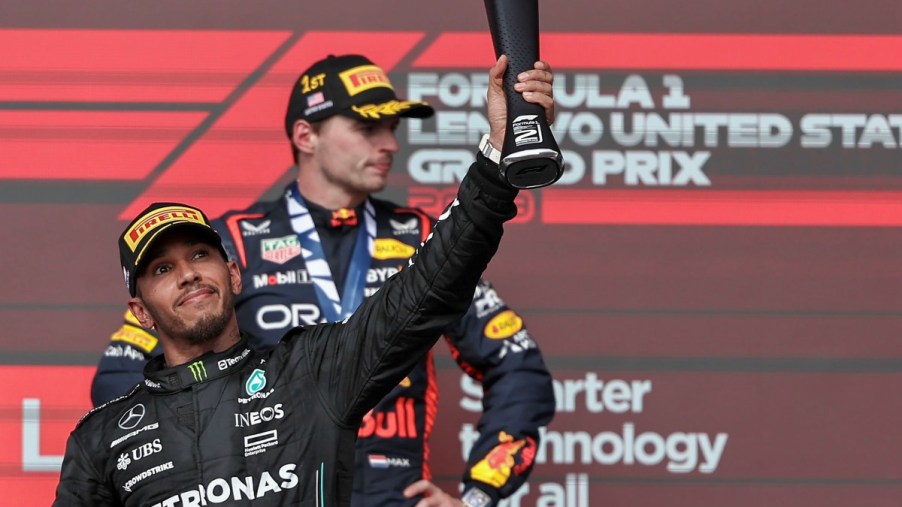
USGP Disqualifications: Why Lewis Hamilton and Charles Leclerc Were DQed After the Race
Formula 1‘s United States Grand Prix at Circuit of the Americas on Oct. 22 was a compelling affair that saw Lewis Hamilton and Charles Leclerc finally make things interesting for Max Verstappen in front of an American audience. However, Verstappen proved inevitable, winning his 15th grand prix of the season. Meanwhile, both Hamilton and Leclerc were the subjects of the USGP disqualifications in post-race inspection, losing their second- and sixth-place finishes, respectively.
Why did Lewis Hamilton and Charles Leclerc receive USGP disqualifications?
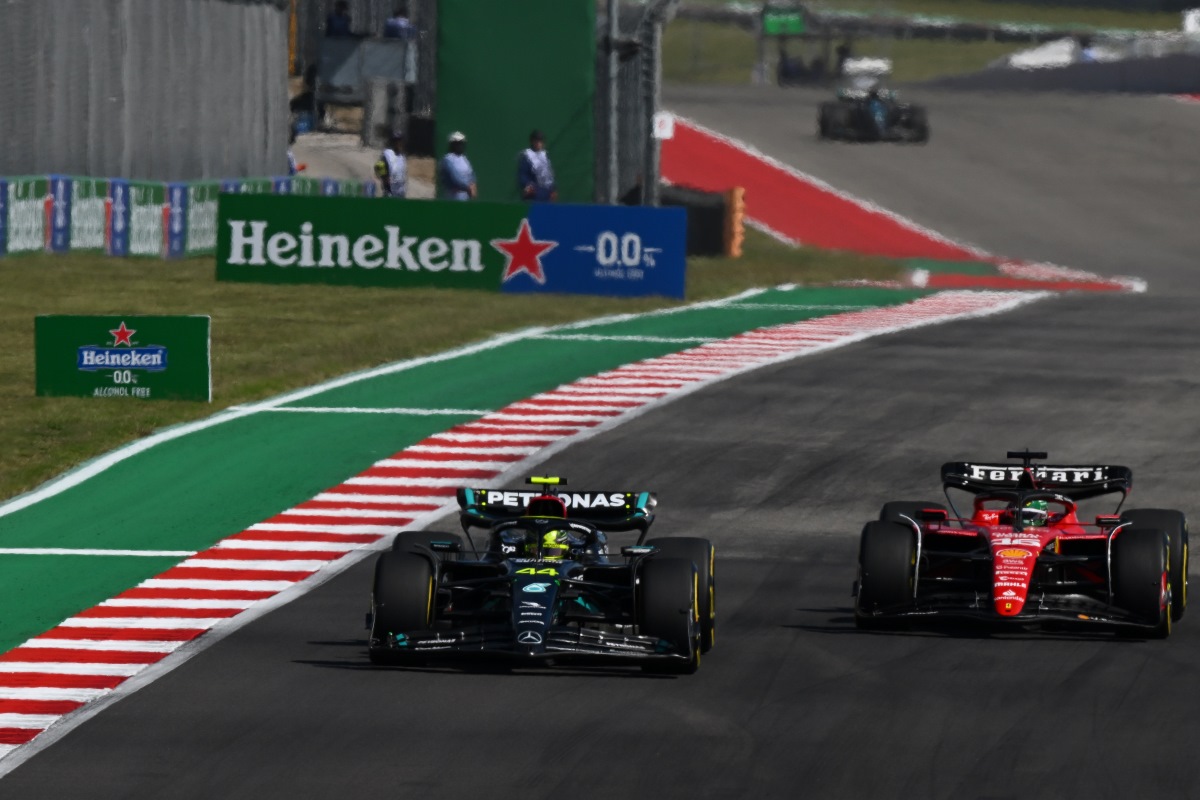
Both Lewis Hamilton and Charles Leclerc were disqualified for “excessive plank wear.”
The rule involves a literal wooden plank placed on the underside of each car to ensure each team complies with Formula 1’s ride height rules. Specifically, the rule states the plank must measure 10mm in thickness at the start of a race. The rule then allows for 1mm of wear throughout the event.
After the U.S. Grand Prix, both Hamilton and Leclerc measured less than the required 9mm thickness.
Mercedes and Ferrari F1 teams react to disqualification
Neither team protested its respective disqualification, though both offered some explanation as to how the cars were out of compliance.
Mercedes team boss Toto Wolff stated, per Reuters, “Set-up choices on a sprint weekend are always a challenge with just one hour of free practice, and even more so at a bumpy circuit like COTA and running a new package.”
In addition, team engineer Andrew Shovlin expanded, saying, per Sky Sports “Without running at a race fuel load in FP1, combined with a circuit as bumpy as this and the parts of the track where the drivers have to put the car during the Grand Prix, have contributed to the higher than expected wear levels.”
According to Ferrari, higher-than-expected wind speeds increased downforce, leading to additional plank wear throughout the race. Ferrari director Diego Ioverno said, “It turned out we were too marginal and also because of the wind that turned direction and had a stronger intensity than forecast, this brought our car to not be legal in the end.”
Why do Formula 1 cars have a wooden plank?
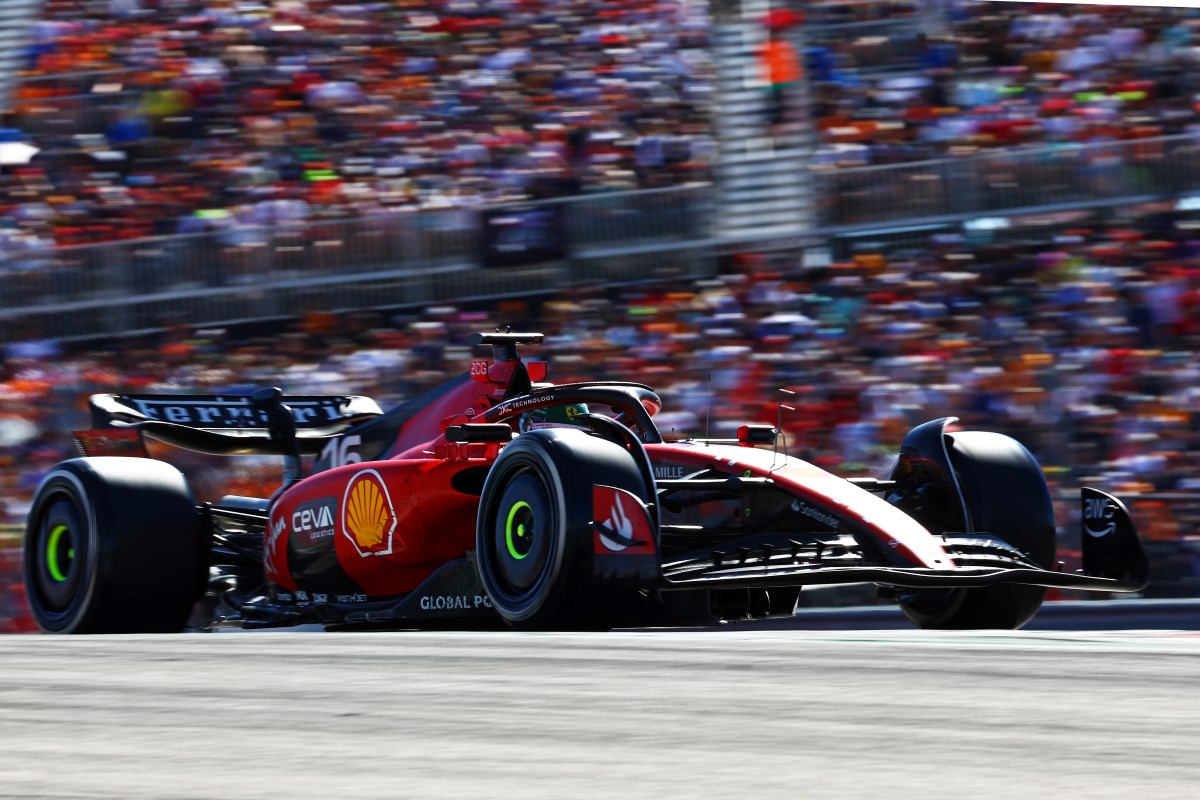
As silly as it sounds, this simple wooden plank rule is here to stay. Its intention was to physically enforce ride height rules, and it works.
Moreover, Formula 1 teams are full of technical wizards. It is their job, almost exclusively, to find and exploit loopholes in the rulebook. The wooden plank, however, is inevitable. Without it, teams would find clever ways to engineer suspension components that fall below the minimum ride height while at speed.
It’s a problem NASCAR fought for decades, where teams engineered shocks that would, quite literally, collapse under the weight of downforce. That meant a legal ride height when stopped, such as in an inspection bay. But as soon as the cars (or trucks) went fast enough to create downforce, the pressure would force the shocks into a lowered position for improved aerodynamics.
For its part, NASCAR eliminated its ride height rule ahead of the 2017 season.
Why can’t Formula 1 do the same? Safety.
Why does Formula 1 have a wooden plank check?
Starting in 1994, Formula 1 cars have had a wooden plank bolted to the bottom of each car to guarantee a specific ride height. The goal was to reduce downforce and, therefore, corner speeds in response to the deaths of Ayrton Senna and Roland Ratzenberger.
While there may be a pace advantage to eliminating the plank, it’s unlikely that any team would deliberately run too low. They know it is an instant disqualification, and checks are random, so there is no way to predict when they’ll be checked.
Overall, it seems a unique combination of events led to plank wear problems for Lewis Hamilton and Charles Leclerc. And because only four random cars are chosen, it is likely other cars suffered the same fate but avoided inspection due to the random draw.
Formula 1 standings after USGP disqualifications
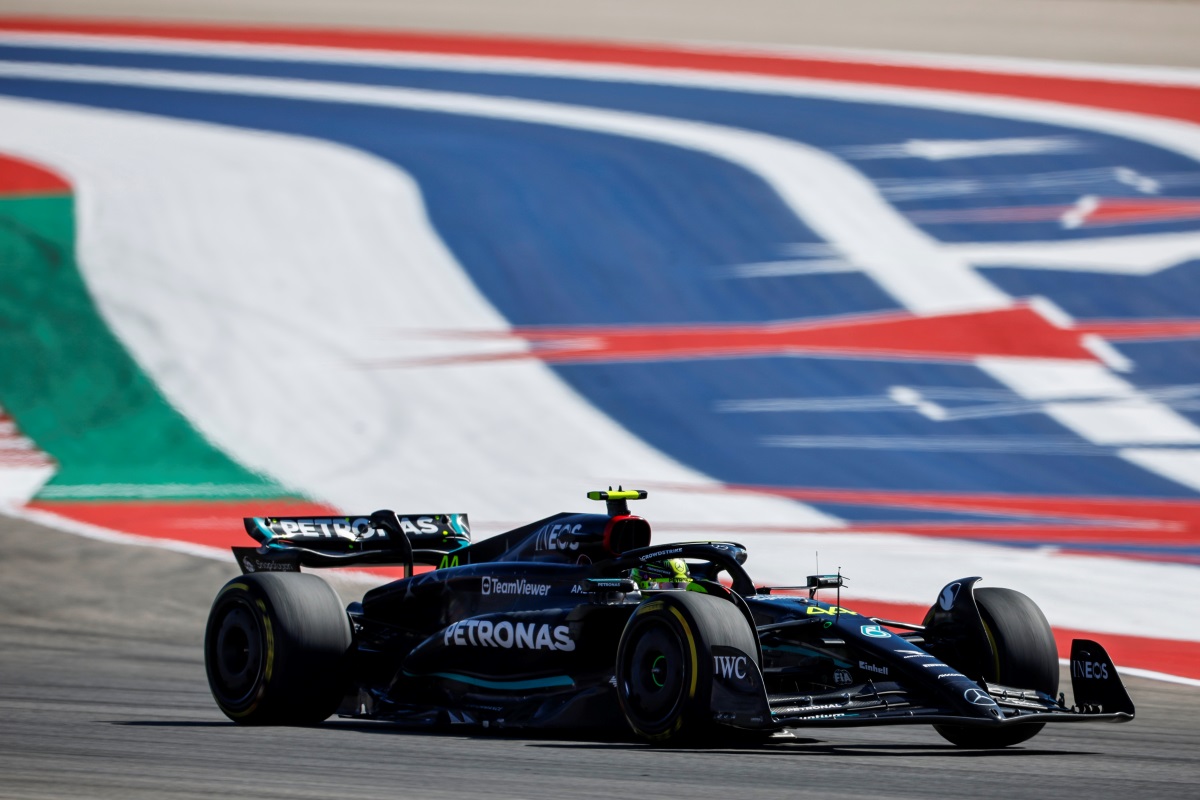
After losing the 18 points from his second-place finish, Lewis Hamilton is now 37 points behind Sergio Perez for second in the driver’s standings. That gave second-place points to Lando Norris, earning him 18 points on the day instead of 15.
Charles Leclerc, meanwhile, lost eight points for his vacated sixth-place finish. The combined points swaps drop Leclerc from sixth to seventh in the drivers standings, now eight points behind Norris:
| Position | Driver | Points |
|---|---|---|
| 1 | Max Verstappen | 466 |
| 2 | Sergio Perez | 240 |
| 3 | Lewis Hamilton | 201 |
| 4 | Fernando Alonso | 183 |
| 5 | Carlos Sainz | 171 |
| 6 | Lando Norris | 159 |
| 7 | Charles Leclerc | 151 |
| 8 | George Russell | 143 |
| 9 | Oscar Piastri | 83 |
| 10 | Pierre Gasly | 56 |
